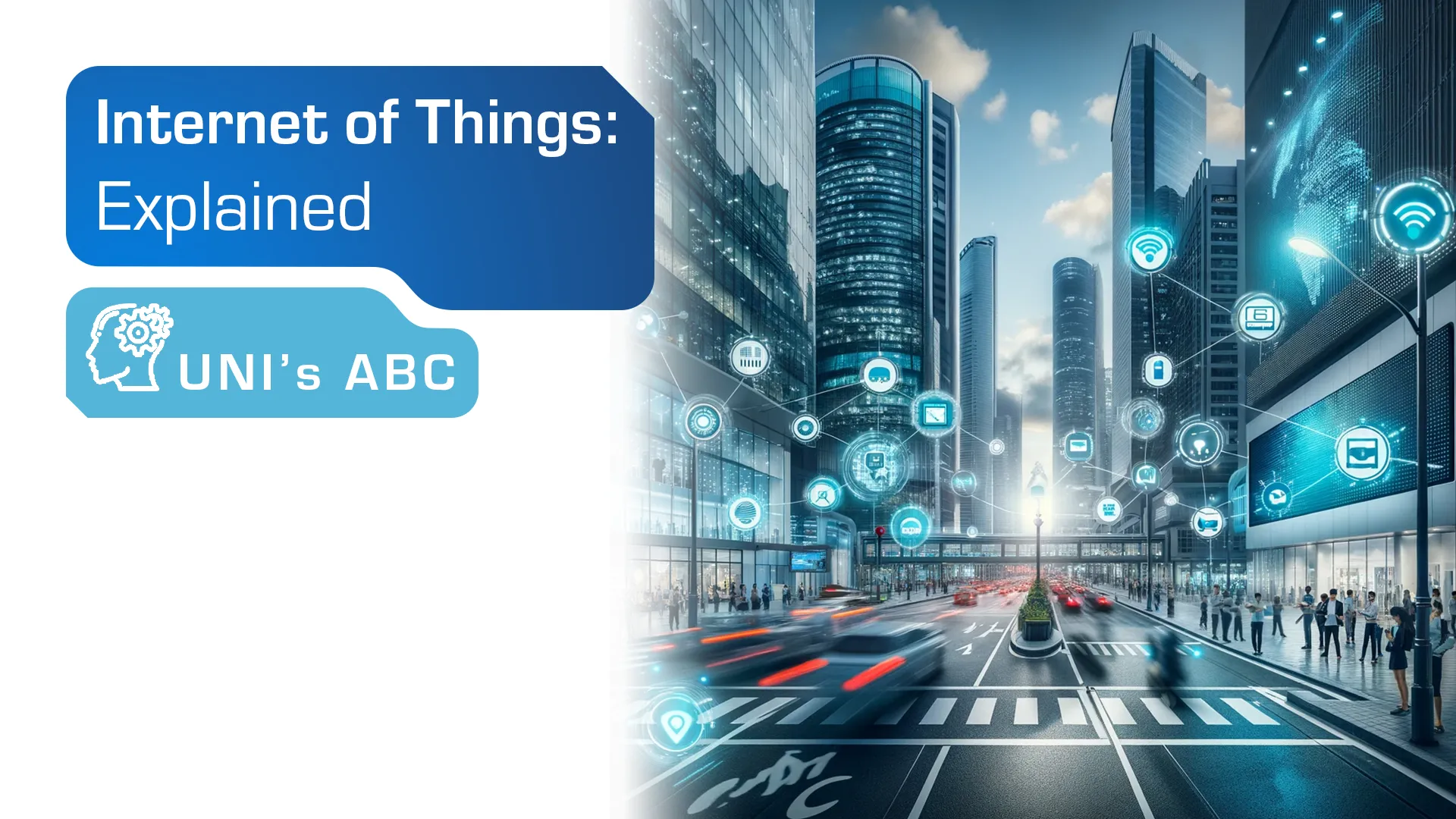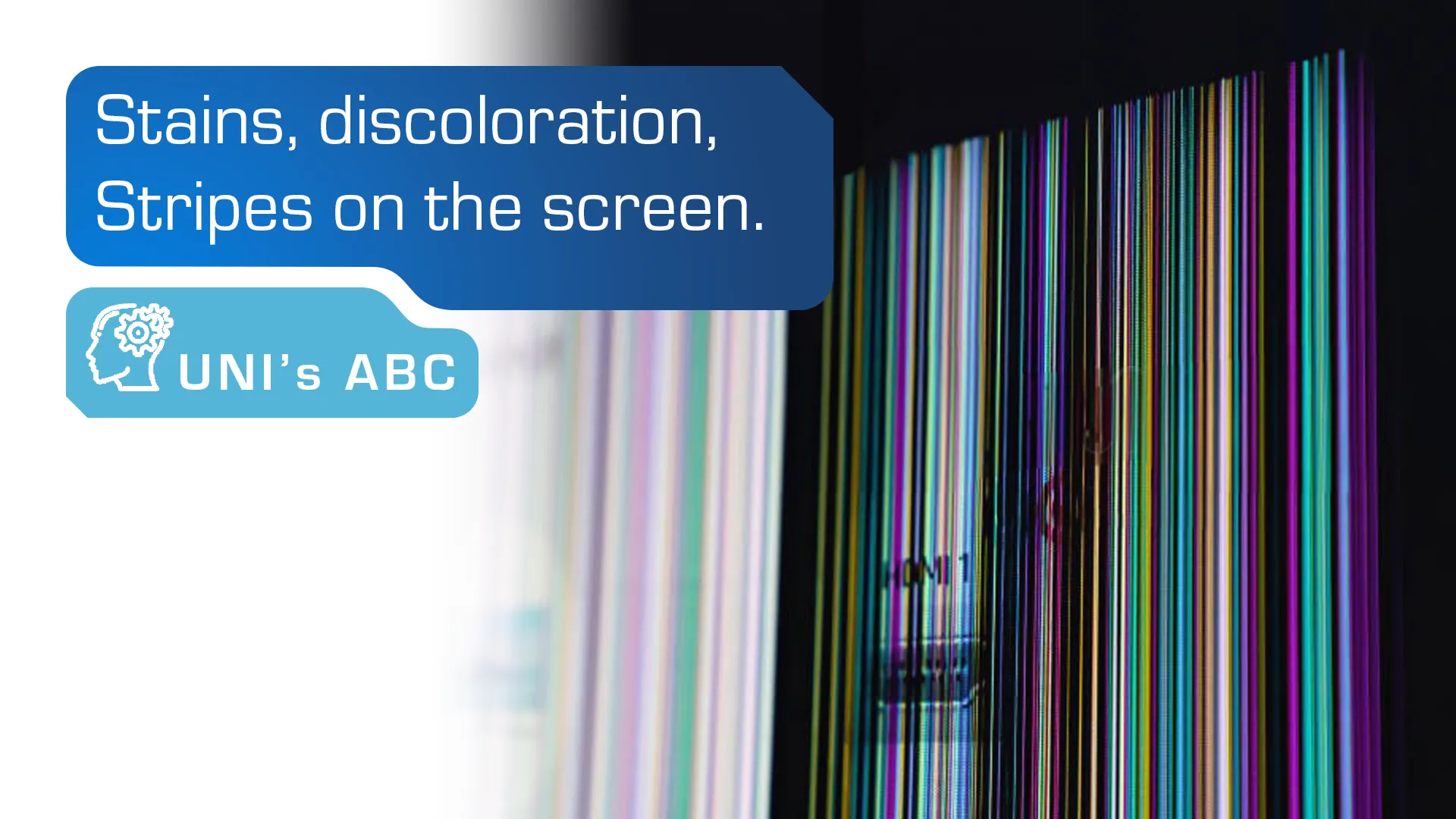
No doubt, the LCD-TFTs are still the most popular components to visualize the information used in various applications. Their universality is determined by, e.g., straightforward adjusting the LCD-TFTs to the project requirements – you can not only choose the optimal size but also customize the parameters of the display. (Well, they are also common, because LCD-TFTs are still the best know of display technologies, of course.) In this article, we will get across the crucial features of LCD-TFTs, such as resolution, brightness, contrast, viewing angle, and operating temperature.
Table of Contents
How it works?
“LCD” (Liquid Crystal Display) refers to the liquid crystals that state of matter is crucial in providing the functioning of LCDs (learn more – here). Their working principle is based on the changes in light polarization obtained by manipulating the electric field to orient the liquid crystal particles properly. “TFT” (Thin-Film Transistor) refers to a select type of transistor made by depositing thin films of semiconductors over a supporting (but non-conducting) substrate – in this case, glass. This technology provides a better quality of displaying content (in comparison to other passive-matrix solutions, e.g., STN (Super-Twisted Nematic)). The capacitors of active-matrix used in LCD-TFTs maintain the liquid crystals’ state of matter between the refreshing cycles, so the images change swiftly due to reduced response time.
One of LCD-TFTs’ most important assets is the possibility of adjusting the parameters to obtain the desirable display quality. Moreover, you can gain it with a profitable quality-price ratio (especially in comparison to other display technologies, e.g., OLEDs). It is worth noticing that LCD-TFTs can be applied in devices that require large-sized display – on the market, there are available even 300-inch LCD TFTs, which still provide excellent picture quality.
Resolution
The pixel is the smallest controllable element of a picture represented on the screen. It consists of three subpixels – red, green, and blue (they represent the RGB color model). The proper manipulation of light transmitted through the subpixels generates the pixel’s final color tones (each pixel’s color can be adjusted independently). The pixel should not be visible by the naked eye – if you can see them, it means that there are… too few pixels. You can learn more about other imperfections of pixels in our article of Uni’s ABC series.
The resolution defines the number of pixels on the screen. It is expressed as a number of horizontal and vertical pixels. In popular resolution 1280×720 px, there are 1280 horizontal pixels and 720 vertical pixels. Other common resolutions are, e.g., 1920×1080 px that is FullHD or 3840×2160 px that is 4K. The highest resolution available for the general public is 8K, which is 7680×4320 px.
The high resolution is a crucial parameter in retail applications, e.g., displays for storefronts like videowalls. It is also needed in information carriers used in public utility building, e.g., government offices. In these kinds of applications, which require large-sized solutions, the FullHD or 4K resolutions are fully justified.
Brightness
Brightness, sometimes also called luminance, is a measure of the luminous intensity emitted by a screen displaying a pure white image. As standard, it is given in the SI unit, which is candela per square meter (cd/m2). However, sometimes brightness is also assessed in nits (nt, 1nt = 1cd/m2), whereby it is not the SI unit and is perceived as dated.
The brightness of the monitor used in the day-to-day stuff should be around 140-150 cd/m2 to guarantee optimal work comfort (in the proper ambient lighting conditions, of course). The 250-300 cd/m2 brightness might be straining for the eyes and impacting work efficiency. Interestingly, some top-end smartphones’ brightness is estimated even up to 700 cd/m2, which is necessary to provide excellent readability of the content presented on the smartphone’s screen even in the intensively lighted spaces. The same is in the case of, e.g., passenger information systems (as well as displays used in public service vehicles) – these applications require about 700 cd/m2 brightness. Alike displays located in the shopping malls – they also require at least 700 cd/m2 brightness.
The displays of outdoor devices (or in case of devices placed on the edge between indoor and outdoor, e.g., glass storefronts by the street) it is worth using solutions of 1000 cd/m2 (or more) brightness. The established producer of high brightness displays, which can be used in the sun, is Litemax (learn more – here).
Contrast
The contrast defines the ratio of light intensity between the brightest and the darkest points on the screen. The content presented on the display of high contrast (and optimal brightness) will be clear and readable. The higher contrast might be achieved by, e.g., deepening black color. Simultaneously, it is worth remembering that the increase of brightness will not impact on the contrast ratio. The contrast can be improved by developing LCD-TFTs’ functionalities, e.g., local dimming, that is the selective backlighting (learn more – here).
Viewing direction
One of the key aspects of transport applications is readability and accessibility of the content presented on the displays. The same is in case of, e.g., information carriers used in digital signage. In such devices, you should apply solutions with the fullest viewing angles – optimal 89°/89°/89°/89°. However, not every project requires a display with such exorbitant parameters. In the case of devices which screens are below the line of sight (e.g., in various home appliances), one can use a matrix with 12 o’clock viewing angle. Adequately, if we look at the device’s screen from below, sufficient will be the matrix with 6 o’clock viewing angle. Choosing the displays with a narrowed viewing direction may be a way to optimize the final cost of the device.
Operating temperature
The operating temperature is a crucial parameter, mainly in the case of outdoor applications. However, it is worth remembering that displays in outdoor solutions are exposed not only to frosts but also to heats – the proper functioning of the device may be disturbed while the liquid crystals of LCD-TFTs “boil” (what happens mostly when the device is located in a sunny spot – in such conditions the surface of the display may preheat even up to 100°C). Fortunately, on the market, there are solutions tailored for such demanding applications. They demonstrate the extended operating temperature range and come complete with hiTni technology, which prevents the “boiling” of liquid crystals (how it influences the proper functioning of the LCD-TFTs? – learn more here).
—
It is necessary to think of the mentioned parameters while looking for a fine display to the designing device. The accurate analysis of the applications’ potential requirements is essential to pick the optimal solution, which guarantees the device’s proper functioning and perfect readability of the presented content. The specified guideline may also concern other LCD-TFTs parameters such as matrix’s lifetime, size of pixels, or color gamut. Therefore, every project requires an individual approach. We should take various factors under advisement – not only of the devices but also of its ambient (especially in the context of the device’s intended use). Contact us – we are here to help you find the optimal solution for your project.
2020-10-02
Recent Knowledge

Internet of things, what it is and examples of industrial applications
The Internet of Things (IoT) is one of the most promising and rapidly developing technologies of recent years. Its application in business brings great opportunities to optimize processes, reduce costs […]

Stains, discoloration, stripes on the screen – how to identify and repair defects in industrial displays?
The dark spot on the iPhone screen, the black spot on the TV, the colored spots on the phone screen, the yellow spot on the display … Problems with screens […]

Basic electronic components in industry – a guide for beginners
Electronics has played an extremely important role in all branches of modern industry for many years. It allows automation of production processes, precise control of machines and equipment, collection and […]

Optoelectronics – basic information and example applications
Optoelectronics is the branch of electronics that deals with the conversion of electricity into light and light into electricity using semiconductor materials called semiconductors. Semiconductors are crystalline solid materials with […]



